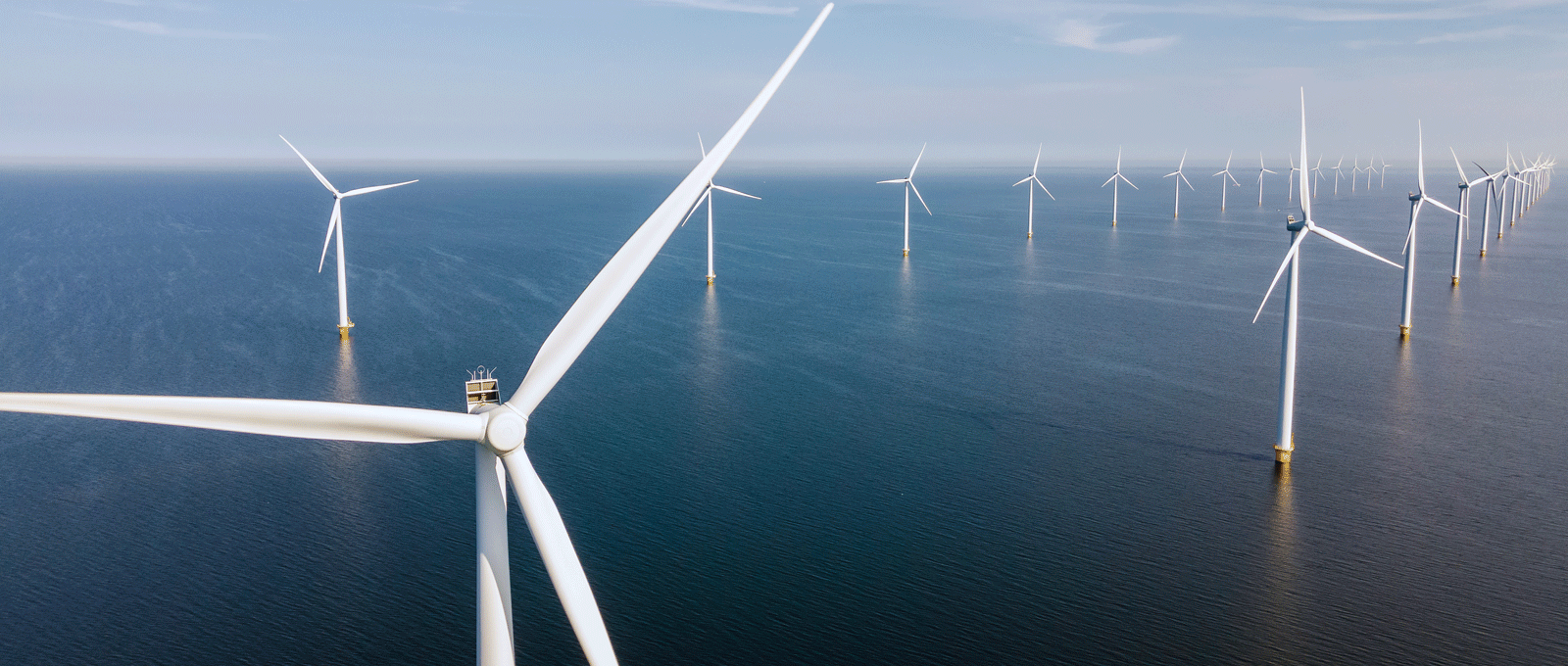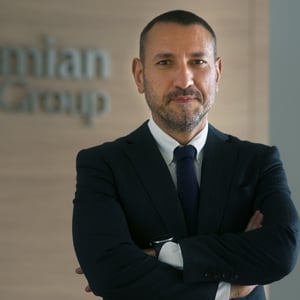The new 171-meter ship, which will be ready during the first quarter of 2025, will match the capacity and performance of the Leonardo da Vinci plus a few improvements, explains Hakan. She will produce lower C02 emissions than our current cable laying vessels thanks to a greater battery capacity, and, like Leonardo da Vinci, will be able to double the amount of installation campaigns compared to Prysmian’s other vessels.
This increased submarine cable installation capacity will help Prysmian keep up with the blistering growth in the submarine cables market after the Project BU revenue rose 30% in 2022. Three years ago, this market’s annual revenue was €3 billion. A year ago, that number had risen to €8 billion. The market is currently worth between €13 and €14 billion excluding so-called framework agreements that are becoming increasingly common in Europe as transmissions systems operators scramble to lock in cable supplies.
Future growth will continue to be driven mainly by Europe, says Hakan, while the United States is becoming a “very strong” market despite delays in certain projects because of pricing hiccups caused by inflation.







